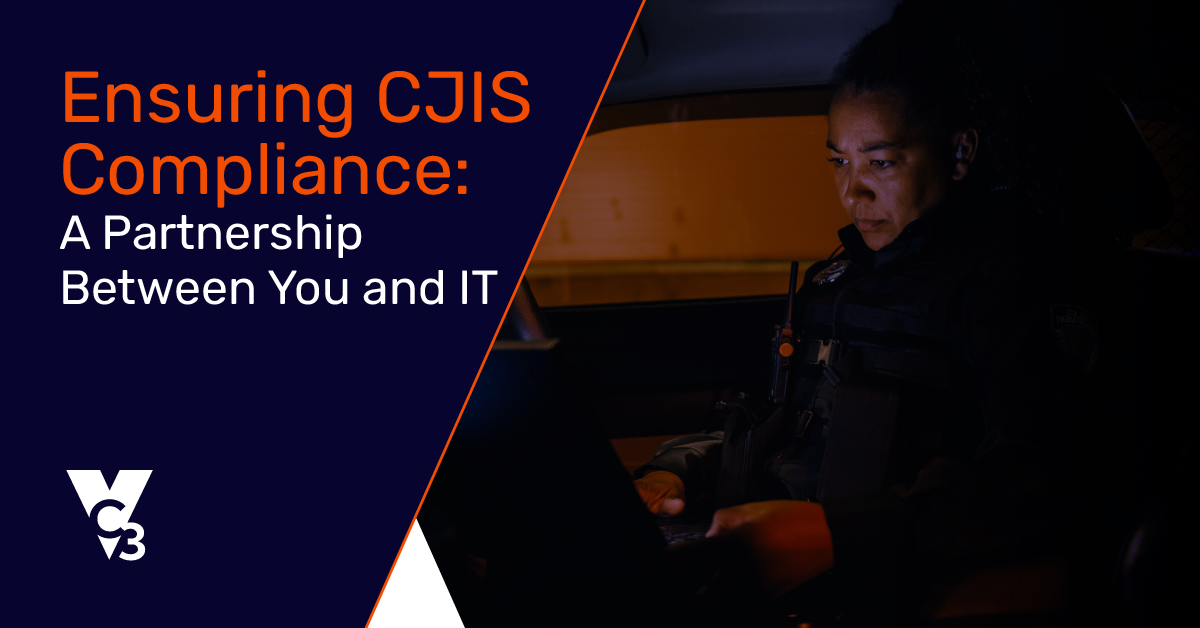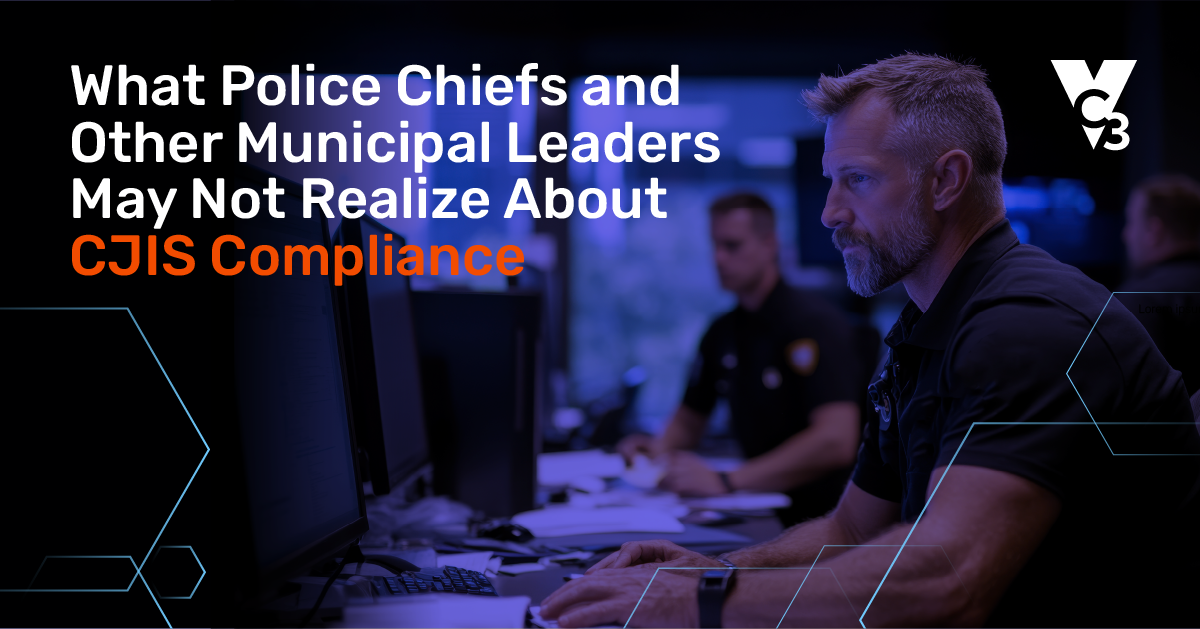While it’s your job to become CMMC-compliant, it may not be your job to understand the intricacies of CMMC. Tons of documentation, hundreds of technical controls, and a variety of strict activities and deliverables exist as part of preparing for an audit. If you’re focused more on your job than on CMMC (as you should be!), then it’s easy to make certain assumptions about what to expect.
As you feel the compliance pressure, it’s good to be aware of some dangerous urban myths related to CMMC that get repeated so many times they seem true. Because you don’t want to take the wrong path and lose contracts essential to your revenue, we’re debunking five of the most common myths we hear out in the wild.
Myth #1: CMMC only applies to prime contractors.
Reality: CMMC applies to any organization that handles Controlled Unclassified Information (CUI) or Federal Contract Information (FCI), regardless of whether you're a prime contractor or a subcontractor.
A prime contractor holds a direct contract with the U.S. Department of Defense (DoD) to deliver goods or services. While they, of course, must meet CMMC requirements, the DoD program also says that subcontractors (when applicable) comply. So, if you’re a part of the DoD supply chain (such as your company working for a prime contractor or for another subcontractor), then you need to meet CMMC requirements. (See DFARS clause 252.204-7021 and the DoD’s official CMMC FAQs.)
While most contractors need to meet Level 2 standards, some may only need to meet Level 1 standards (which only require an annual self-assessment). You can review these levels below. And remember, CMMC requirements only apply if you handle CUI or FCI.

Myth #2: We don’t need to worry about CMMC until we see it in our contract.
Reality: By the time you see a CMMC clause in a contract, it may be too late.
CMMC requires months and even years of preparation, documentation, and implementation. It’s not something you can do quickly if you were to sign a contract today. If you work within the DoD supply chain or plan to do so in the near future, then you need to work toward certification as soon as possible.
Don’t get complacent because of the phased approach of the CMMC Final Rule. The full shift to third-party assessments for Level 2 contractors will take place in December 2027. In the world of business, that’s not far away—especially if you’ve got a lot of CMMC compliance gaps today. Getting ahead of the curve ensures you're eligible for future opportunities when CMMC is fully enforced—or otherwise that business will go to your competitors!
Myth #3: We just need a good IT team to handle CMMC.
Reality: While an IT team plays a critical role, CMMC compliance is not just a technical initiative. CMMC requires a balance of technical and non-technical controls.
We probably hear this myth more than any other. Because CMMC sounds technical, it’s easy to assume it just requires technical solutions—tools, technologies, and IT folks solving all your problems.
On the non-technical side, CMMC requirements involve policies, procedures, training, and organization-wide participation. Departments such as HR, legal, finance, and leadership all need to be part of the CMMC conversation.
Amongst the deliverables for an audit, you will need to provide written policies, incident response plans, risk assessments, and personnel security measures. Tools alone won’t help. Some examples of non-technical controls include:
- Screening individuals prior to authorizing access to CUI.
- Escorting visitors and monitoring physical access.
- Confirming that individuals are authorized before granting access to systems and data.
- Providing security awareness training.
- Developing or revising an incident response plan.
Myth #4: We’ll just fake it until we pass the audit.
Reality: CMMC assessments are evidence-based. You can’t bluff your way through them.
It’s true that some compliance and regulatory frameworks are a bit loose. Whether it’s filling out simple self-assessments, submitting to superficial audits, or realizing that penalties are almost non-existent, there are many reasons that some organizations laugh off certain compliance requirements and audits.
With CMMC, assessors need to see documented proof that controls are implemented, monitored, and effective. Attempting to “wing it” could result in a failed audit and disqualification from DoD contracts. As we stated above, the requirements with the CMMC Final Rule will only become stricter as December 2027 approaches—requiring third-party assessments for all Level 2 contractors.
Myth #5: Once we’re certified, we’re done forever.
Reality: CMMC compliance is not a one-time event. It’s an ongoing commitment.
Unfortunately, you cannot set up your systems and processes perfectly and keep them that way. Your CMMC compliance controls must be managed over time to keep your organization in compliance. And because systems change and threats evolve, the DoD expects organizations to continuously monitor and improve their cybersecurity posture.
To stay compliant, you need to:
- Use your Plan of Actions & Milestones (POA&M) that resulted from your CMMC Gap Assessment as a roadmap that guides you toward addressing your most important gaps.
- Keep policies and procedures up to date.
- Continuously monitor your security controls and remediate non-compliant controls.
Remember, even after certification you’ll need to maintain your controls and prepare for annual audits.
Want to Get Ahead of CMMC?
Understanding what CMMC is—and what it isn’t—is the first step toward becoming compliant and competitive. Don’t let misinformation slow you down or put your contracts at risk.
Need help cutting through the confusion? VC3 offers gap assessments, audit preparation, continuous compliance monitoring, and the guidance you need to stay on track.






